Innovative Financing Opportunities: What They’re Looking For
For early medtech players in ophthalmology, making connections for start-up capital can be a challenging task, but at the session “Innovative Financing Options in Ophthalmology” at OIS@AAO 2016, decision-makers in the capital market shared their ideas for how innovators can get their ideas in front of them.
Principals from five entities that represent the diversity of capital sources in ophthalmology shared their insights for getting proposals across their desks. Session moderator Gilbert H. Kliman, MD, of InterWest Partners noted the diversity of those sources represented on the dais, ranging from the traditional big pharma player Alcon, which invests 40% of its R&D into external programs, to the non-profit Foundation Fighting Blindness.
Alcon, for example, is interested in innovation at just about any stage, said Laurent Attias, Alcon’s head of strategy, BD&L and M&A. That ranges from the idea stage to global distribution, representing a change in Alcon’s philosophy over the last two years or so, Attias said. To that end, Alcon has stepped up its presence at industry meetings and is holding more one-on-one meetings with innovators. The entry point is the BD&L team, but the word is out at Alcon that whenever innovators reach out, they’re funneled to the BD&L team, Attias noted.
“We do have areas of strategic interest, which we’ve been much more forthright in disclosing, and so our one-on-one meetings are very productive because the companies we’re meeting with know what Alcon is interested in, whereas before it was a bit of a black box,” Attias explained. Also, because Alcon is “agnostic” when it comes to the source of innovation, he said, outside innovators have a fair shot.
Representing the traditional venture fund, but with a twist, is Visionary Venture Fund LP, a $50 million specialty ophthalmology fund with 30 or so KOL physician-investors and partners, said Managing Partner Jeffrey Weinhuff. Visionary Ventures invests from $1 million to $5 million per round. It has done 36 deals in ophthalmology and is led by what he called a “Deep Investment Committee” that includes ophthalmologists Eric Donnenfeld and Richard Lindstrom. Since May 2016, Visionary Ventures has made three investments: IanTech, Mynosys, and SightLife, the former two in cataract, the latter in cornea.
Visionary Ventures is not so much looking for partners in the “angel stage” but further along the development continuum, with a return in two to four years, Weinhuff said. “We think we have a really important role in helping growing companies to fund that level of financing that takes them from clinical to commercialization,” he continued. “Ninety-nine percent of the deals that we’re looking at are coming to us from our KOL partners who are very well informed and very knowledgeable about how ideas come to market and whether or not they add value.”
Eye-Lens Pte. Ltd. is a Singapore-based distributor of ophthalmic drugs and devices in Asia that partners in investments with Japan’s Shinagawa Lasik Center, explained Managing Director Nir Ellenbogen. Its per-round investment is up to $3 million and the focus is on the private-pay sector. “We are looking at companies at the initial commercialization stage with a product that Shinagawa can use and start showing an initial clinical and commercial success,” Ellenbogen said. Two examples of Eye-Lens investments are Acufocus, developer of the KAMRA inlay and IC-8 intraocular lens, and Avedro, which has FDA approval and CE mark for its cross-linking products.
Private Medical Equity (PME) started out as a traditional venture capital shop, but has since evolved into what Managing Partner Sean Ianchulev, MD, MPH, described as “syndicate capital.” Its typical investment size is $2 million to $4 million with a four-year return, he said. Members pool their capital for a specific investment, but PME acts as the solitary interface for the recipient. “You’re not dealing with multiple investors,” Dr. Ianchulev stated. “On the back end, though, it’s a little bit different because this is where both the officers and the more sophisticated investors, who usually invest more than $500,000, come into the process.”
The ophthalmology space “is something that fits our purpose,” he continued. “We never say late-stage because, obviously, the best we’ve done was in a very early-stage deal that went very well. Most recent investments in ophthalmology are: Eyenovia, developer of a electrostatic eye droplet technology; Iantech, an analytics company; and Kurobe, a pharma company.
As a non-profit, Foundation Fighting Blindness (FFB) is focusing its investment in treatments for inherited retinal diseases, said Patricia Zilliox, PhD, chief drug development officer. FFB considers tranche deals and collaborates with venture capital, angels, and big pharma. Funding can range from $1 million to $7.5 million, Dr. Zilliox said. FFB draws on the expertise of its advisory board. “We have a large network of people with regulatory and clinical expertise from big pharma, so we don’t only give them money, but we also guide them and help them to understand the disease,” she said.
FFB doesn’t set limits on timing, and funds at very early and late stages, and it also considers high-risk opportunities, Dr. Zilliox added. Among the therapeutic areas FFB is interested in are gene therapy, small-molecule agents, and cell therapy or biologics.
“It’s good to see that there are other sources of capital that are coming into the market and many of which, I would say as a venture capitalist, are much better positioned to add value to companies in very direct ways, more so than a pure financial investor,” Dr. Kliman said.
Presentation Audio:
Participants:
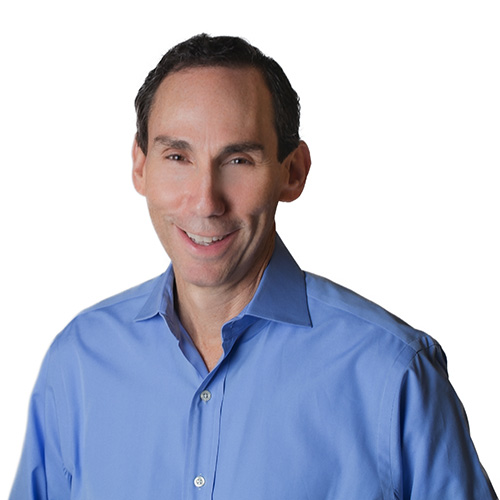
Gilbert H. Kliman, MD
Dr. Gil Kliman leads the medical device investment team at InterWest Partners and invests in a broad array of healthcare opportunities, with a special interest in ophthalmology and digital health.
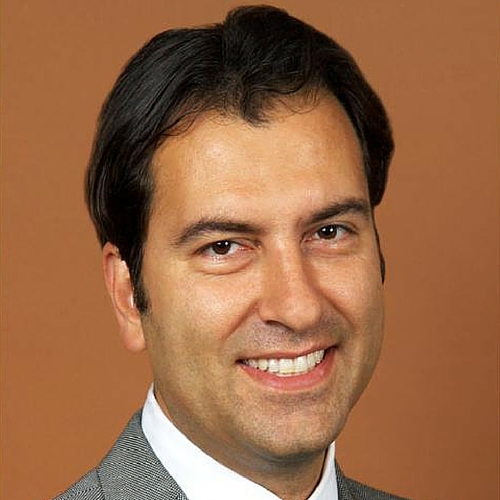
Sean Ianchulev, MD, MPH
Dr. Ianchulev is the Chief Medical Officer and VP of Medical Affairs and Business Development at Transcend Medical, a venture-backed company developing next-generation microstent technology for glaucoma.
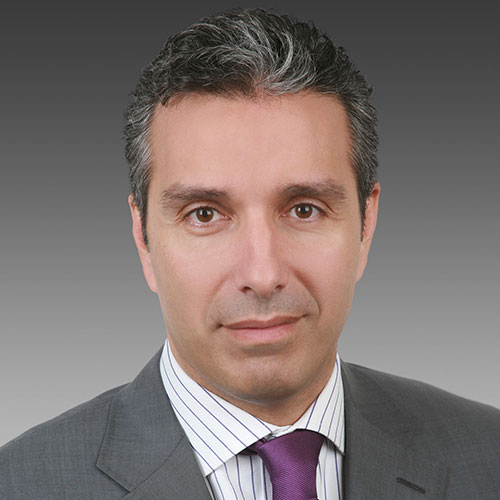
Laurent Attias
Laurent Attias is currently Senior Vice President, Head of Strategy, BD&L and M&A. In this role, he leads the development of Alcon’s long-term strategic plan and is also responsible for business development, licensing and mergers and acquisitions for Alcon’s Surgical and Vision Care medical device business.
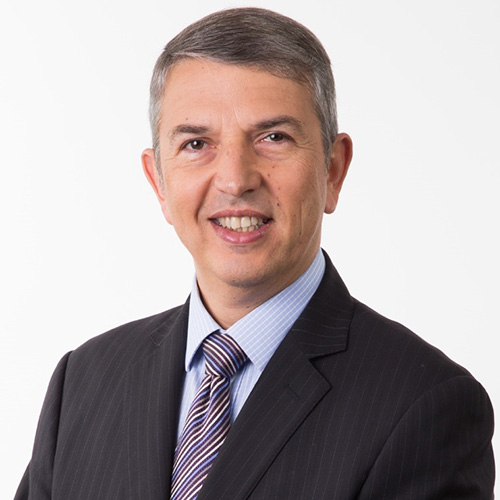
Nir Ellenbogen
Nir Ellenbogen is the Managing Director of Eye-Lens Pte Ltd, a Singapore-based distribution company providing ophthalmologists in Asia with innovative products and technologies of the highest quality.
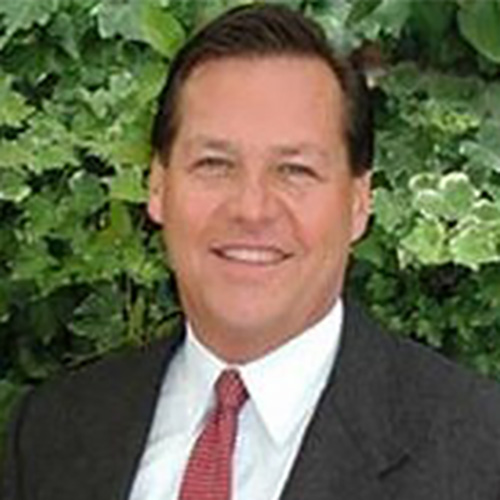
Jeffry Weinhuff
Jeffry Weinhuff has been active in private equity investment for 30 years. He serves as Managing Partner of Visionary Venture Fund, an Ophthalmology fund uniquely structured to leverage its relationship with over two-dozen premier ophthalmology KOL partners.
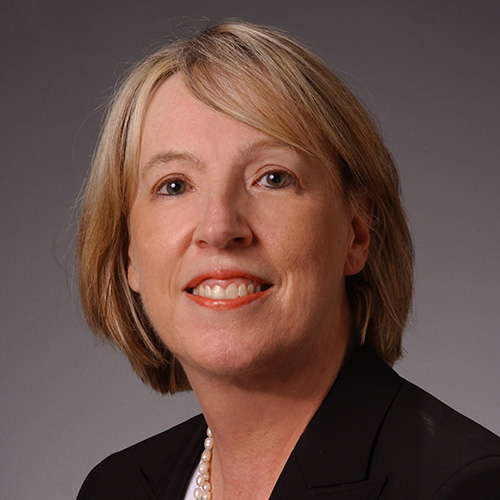
Patricia Zilliox, PhD
Dr. Zilliox is an experienced pharmaceutical executive. Patricia serves as Chief Drug Development Officer for FFB, CRI, a Venture Philanthropic organization, committed to find cure for degenerative orphan diseases of the retina.

